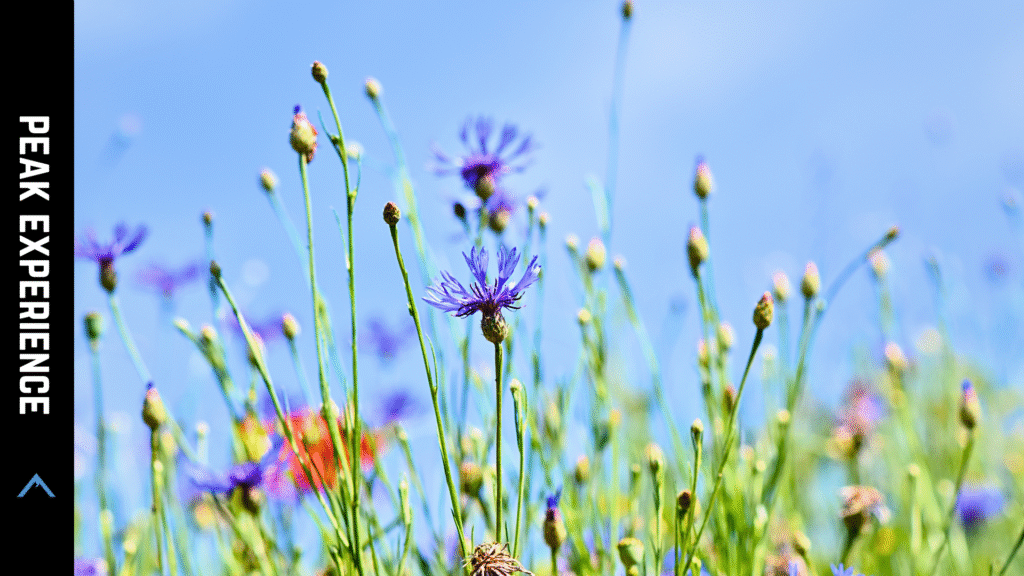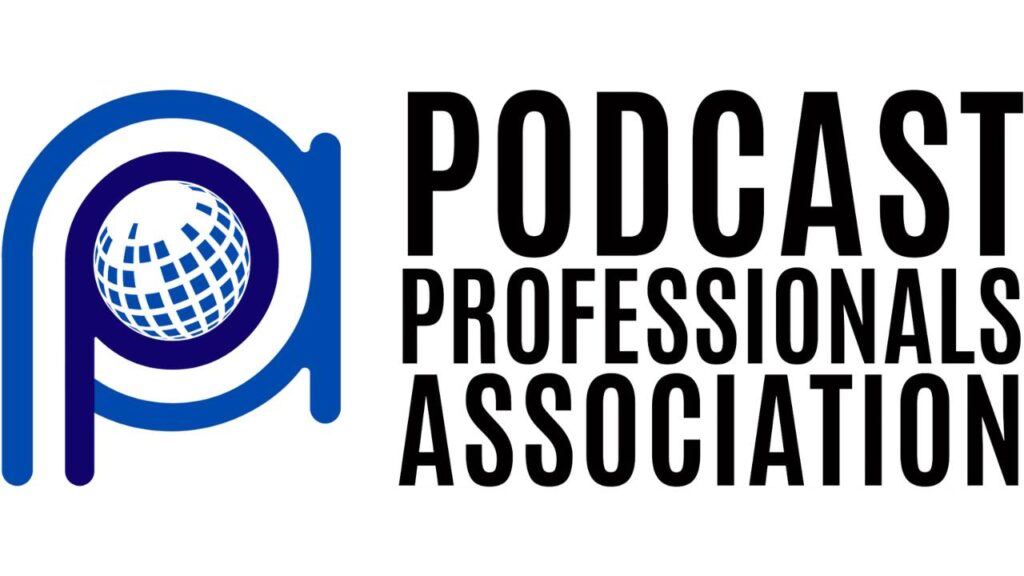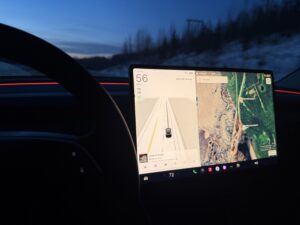
If you spend enough time in wild places, there’s a truth that becomes impossible to ignore: the outdoors doesn’t care who you are, what’s on your résumé, or how many likes you got today. The wilderness is an equalizer. It grants no shortcuts. It’s a teacher who reveals both our strength and our humility, often at the same time.
This paradox is the heart of my work and the heartbeat of the trail. From sled dog camps beneath the aurora to the quiet, frozen mornings where the only sound is the whisper of runners on snow, I’ve seen how nature strips away pretense and surfaces something more authentic. It shapes resilient teams. It clarifies the purpose. And it humbles us, in the best way, into becoming the leaders and humans we’re meant to be.
Strength Without Humility Is Fragile
You can muscle your way through a lot in the modern world. You can out-hustle, out-market, and out-talk until you can’t. In the wilderness, strength that isn’t anchored in humility doesn’t last. A storm rolls in. Temperatures drop. Trail markers vanish in the whiteout. Suddenly, the bravado gets very quiet.
Humility in this context isn’t meekness. Its accuracy. It’s the courage to see things, conditions, limits, risks, and opportunities, and to act accordingly. Wilderness humility is knowing when to push and when to pause. When to trust your team and when to turn around. When to call for help. When to let the land set the tempo.
This humility informs true strength. It becomes adaptable, resilient, and relevant. It’s not performative; it’s practical. It’s the confidence of a musher who understands the trail, the dogs, the weather, and the stakes, and moves forward anyway.
The Trail is a Mirror
In my experience working with dogs and people, the trail mirrors who we are under pressure. If you’re impatient, it shows. If you avoid difficult conversations, it shows. If you’re willing to learn, to listen, to adjust, that shows too. The wilderness reflects our habits and offers immediate feedback.
- Communication: With a dog team, clarity is non-negotiable. Your team reads your tone, posture, and timing. Leaders learn that communication doesn’t end when the words stop; it’s transmitted in every decision, every checkpoint, every rest stop.
- Trust: You can’t micromanage a sled dog team for 100 miles. You build trust in training, then you rely on it when it counts. The same is true for human teams: trust is a bank account you deposit into daily, long before the crisis.
- Presence: When it’s 20 below and the wind is eating your face, presence is not a buzzword. It’s survival. You’re fully in the moment, scanning the horizon, the dogs’ gait, the snowpack. That presence is a superpower in business and relationships, too.
- Recovery: The best teams know how to rest. The ability to power down, refuel, and reset is as strategic as any sprint. In a culture that idolizes nonstop hustle, the wilderness insists on cycles: go, rest, recover, go again.
Humility Keeps You Curious
One of the biggest dangers for leaders is certainty. The wilderness punishes it quickly. You might “know” this section of trail, but conditions can transform in hours. You “know” your gear, until a buckle snaps. You “know” your plan, until a moose blocks the path.
Humility preserves curiosity. It keeps you scanning the environment, learning from the land, your team, and your own mistakes. It invites questions like:
- What is the trail telling me right now?
- What does my team need—not what I wish they needed?
- What assumptions am I carrying that no longer fit the conditions?
Curiosity is not a soft skill out there; it’s a safety skill. In leadership, it’s also a growth skill. It enables you to hear the thing you don’t want to hear, which is usually the thing you most need.
Strength Builds from Preparation
People often look at expedition photos and think grit. But grit without preparation is just stubbornness. Strength in wild places is built long before the trip, in disciplined routines:
- Training: Repetition breeds reliability. Dogs and humans alike rise to the level of their training when fatigue sets in.
- Systems: Good systems are invisible in fair weather and indispensable in storms. Checklists, contingency plans, gear audits, these give you bandwidth for the unexpected.
- Alignment: Every member of the team knows the mission and their role. That alignment reduces friction when stress spikes.
Preparation doesn’t eliminate uncertainty. It gives you more choices when uncertainty arrives. That’s real strength.
The Dogs Teach Us
Working with dogs humbles you daily. They don’t care about your title. They care about leadership they can trust, routines they can count on, and a relationship that goes both ways. They respond to your energy more than your words. They notice if you’re consistent, if you’re fair, if you’re patient.
Dogs also model resilience in a way that humans sometimes forget. They are masters of recovery. Effort, rest, effort, rest. They play hard, work hard, and sleep hard. They tackle what’s in front of them and celebrate small wins, a warm straw bed, a good snack, a pat on the shoulder.
In leadership and life, those fundamentals scale. Celebrate the incremental. Dial in the routine. Don’t skip the rest. Reward the behavior you want to see. And keep the team pointed down the trail together.
Solitude Reveals, Community Sustains
Wilderness has a way of clarifying what matters when the noise drops off. You hear yourself more clearly out there. You see your patterns. You remember your why. That’s the gift of solitude.
But solitude doesn’t carry the sled. Community does. Out on the trail, you rely on countless people you may never meet: trailbreakers, volunteers at checkpoints, folks who packed the food drops, made the maps, tuned the gear. Your team behind the team makes the journey possible.
Strength grows in solitude; humility grows in community. You need both. The solo epiphany and the shared load. The personal resolve and the team discipline. In business and families, the same equation applies.
Risk Makes You Honest
You can’t manage real risk with slogans. When the stakes are physical and immediate, you get honest fast about competence, limits, and tradeoffs. That honesty is uncomfortable, and liberating.
Leaders who avoid risk often avoid responsibility. Leaders who pursue risk recklessly confuse danger with courage. The wilderness teaches a third path: informed risk. You test, you learn, you prepare, you decide. You accept consequences. You review what happened, you capture the lesson, and you get better.
A Simple Framework from the Trail
Over the years working in Alaska, coaching leaders, and running teams, I’ve distilled a simple framework that carries from the backcountry to the boardroom:
- Listen to the environment.
- Trail conditions, market conditions, team conditions. What is real right now?
- Lead the team you have.
- Not the team you wish you had. Match tasks to strengths. Rotate roles. Set a sustainable pace.
- Decide, then adapt.
- Make the best call with the information you have. Move. Adjust as reality updates.
- Protect recovery.
- Build rest into the plan. Recovery is a performance multiplier, not a reward.
- Debrief without drama.
- After the run, capture what worked, what broke, and what changes next time. Keep it candid and kind.
Strength you can trust comes from running this loop, again and again, until it’s second nature.
When Nature Says “Not Today”
One of the hardest lessons is learning when to turn back. It can feel like failure. It can bruise the ego. But the wilderness doesn’t grade on ego. Turning back can be the most decisive move available.
In organizations, turning back looks like shelving a product that isn’t ready, walking away from a misaligned partnership, or pausing a launch to shore up the team. It’s not quitting, it’s committing to come back prepared and alive to try again.
Humility clears the decision. Strength carries it out.
Why This Matters Now
We live in a high-noise, low-signal era. Attention is fragmented. Certainty is marketed. Outrage sells. The wilderness cuts through that. It reminds us what is elemental: shelter, heat, food, teamwork, purpose. It invites us to trade intensity for consistency, vanity metrics for tangible outcomes, and posturing for practice.
The leaders and teams who will thrive in the next decade won’t be the loudest. They’ll be the ones who balance confidence with curiosity, endurance with recovery, ambition with alignment. They’ll build cultures where humility isn’t humiliation, it’s an edge.
Practical Ways to Bring the Wilderness Home
You don’t need a sled or a snowstorm to practice these principles. Start here:
- Walk a decision: Before a major choice, physically walk while you think it through. Movement reduces mental noise and surfaces insights.
- Run shorter sprints: Create “training runs” for your team, short, well-defined projects with a clear start, finish, and debrief. Build confidence and cadence.
- Build a recovery ritual: Make rest visible. For example, a weekly no-meeting block, a tech-free hour, or a shared team practice of ending days with a quick win review.
- Calibrate to conditions: At the start of the week, ask “What are the conditions?” Name constraints and tailwinds. Adjust goals accordingly.
- Reward trail behavior: Catch people doing the right things, quiet preparation, clean handoffs, asking for help early, and celebrate it publicly.
- Debrief like a musher: No blame, no spin. What happened? What did we learn? What do we change before the next run?
The Wilderness Inside Us
Ultimately, the wilderness is not just a place; it’s a posture. It’s the willingness to be shaped by forces bigger than our own plans. It’s the discipline to prepare and the courage to adapt. It’s the humility to listen and the strength to lead.
Out there, under vast skies and long miles, you remember strength without humility can crack; humility without strength can stall. Together, they carry you farther than either ever could alone.
About Dr. Robert Forto
I’ve spent years at the intersection of canine behavior, outdoor adventure, and leadership development. Through training sled dogs, hosting conversations with experts and adventurers, and coaching clients from the trail to the boardroom, I help people and teams build resilience, communication, and trust. The wilderness is my classroom, the dog team my co-teachers, and transformation my focus. If you resonate with these ideas, we’ll probably get along just fine.
Call to Action
If you’re ready to translate wilderness-tested leadership into your life or organization, let’s talk. Click here to see if we are a good fit to work together.










